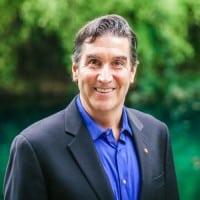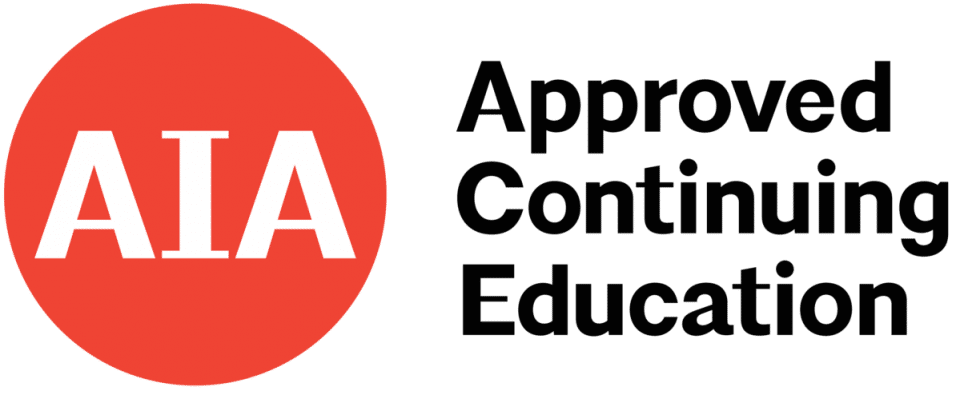Reducing embodied carbon in buildings is an increasingly important effort, but it is only part of the story. Circularity is a more comprehensive way to consider the environmental impact and long-term value of buildings, moving away from the take-make-waste approach of the past. From design, to manufacturing and construction, to operation, and end-of-life, creating a circular economy for the built environment is a critical journey we are embarking on, and it requires a different mindset than we have traditionally held.
This session will define circularity, discuss the trends in sustainable design and government regulation leading us toward it. The presenter will also review the critical role that architects and engineers, building material manufacturers, contractors, and building owners and managers each play in the effort to close the loop on materials we use to form our buildings. Specific examples will be used to illustrate key concepts and highlight practices that can be adopted now to move the building industry toward circularity.
Learning Objectives:
- Define what is meant by circularity and a circular economy
- Review trends pushing industry toward circularity
- Understand the limitations of the current approach to making buildings
- Consider new approaches to designing buildings to reduce lifetime impacts
- Review opportunities in the design and manufacturing of materials to support circularity
This session is FREE to attend and will be located in the Sustainability Learning Center inside the Expo Hall. Availability is on a first-come, first-serve basis, and space is limited.

Speaker:
Alan Scott
DIrector of Sustainability, Intertek
Alan Scott, FAIA, LEED Fellow, is a registered architect and sustainability practitioner with over 35 years of experience, creatively applying his skills as a facilitator, consultant, and teacher in support of high-performance, sustainable built environment projects. His work focuses on boosting new and existing building performance, decarbonization, occupant wellness and resilience.
Earn Continuing Education Credit:
Approved for 1.0 Health, Safety and Welfare AIA Learning Units

